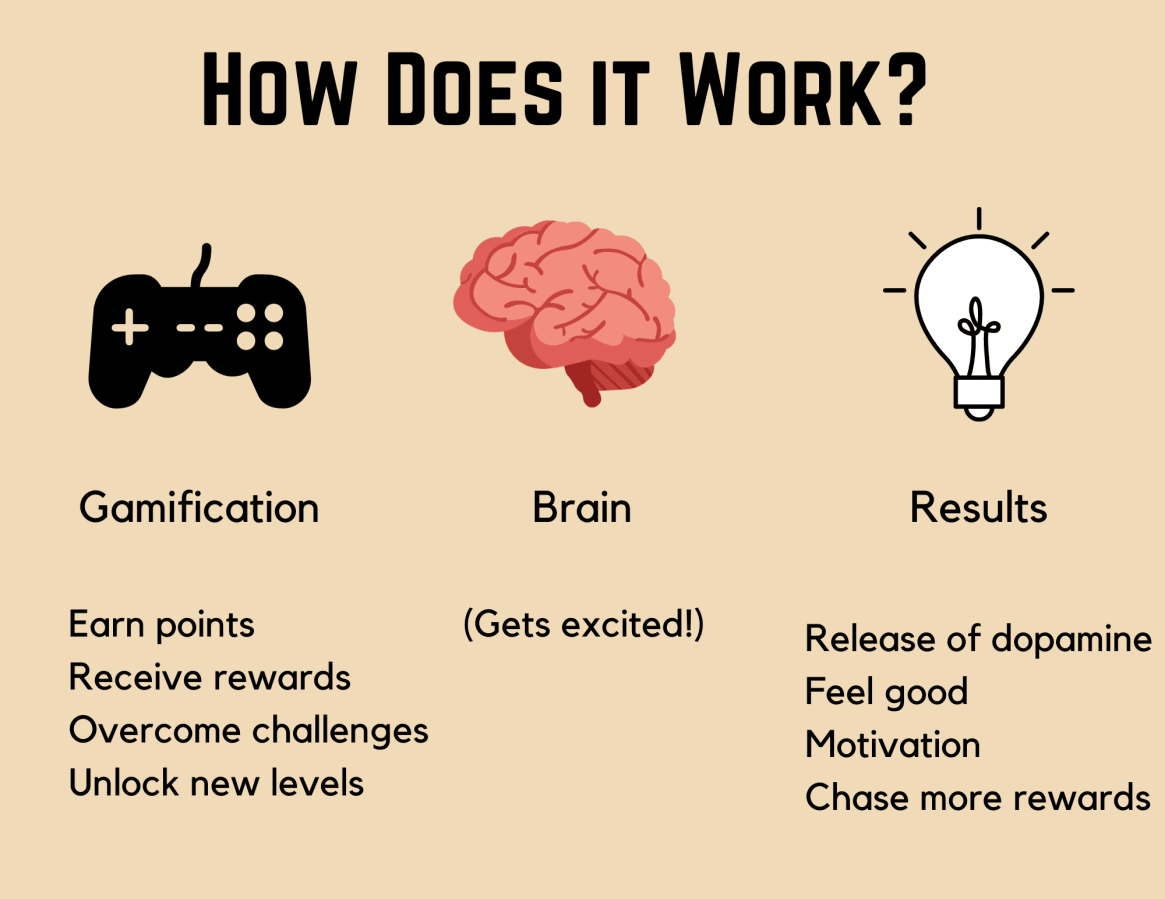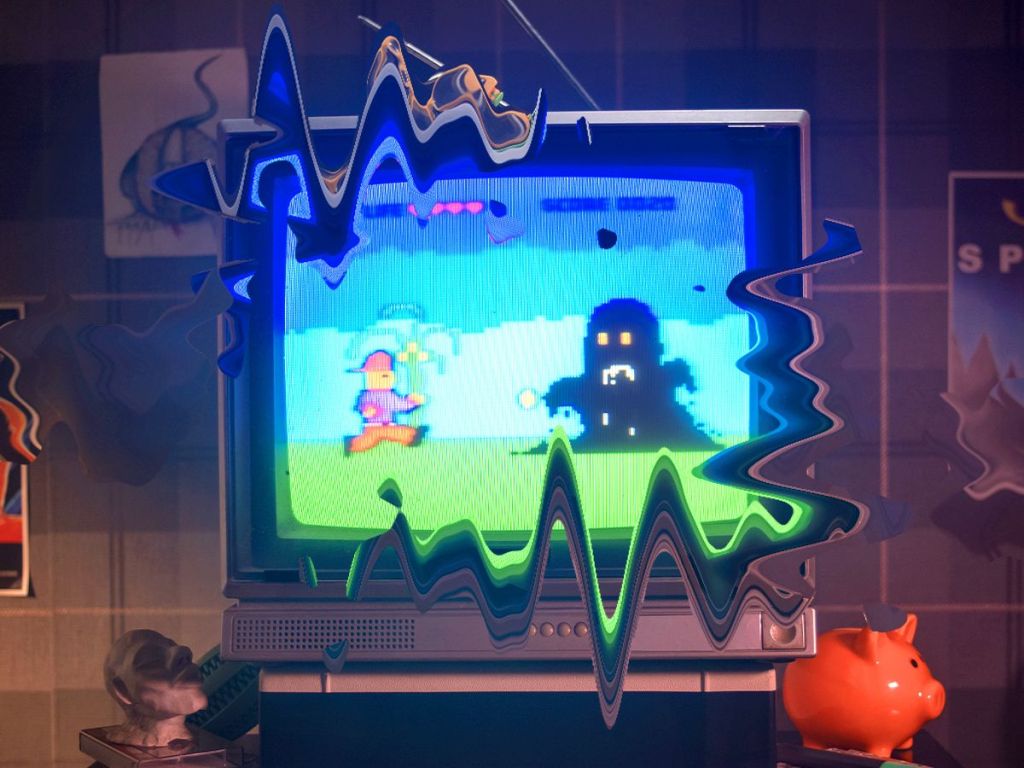Why on earth are people talking about gamification within the context of gaming, blockchain and crypto investing? Because it isn’t easy to make gaming and financial services intriguing. Fintech and gaming, like businesses in many industries, are increasingly using modern technologies to enhance user engagement – it just makes sense.
“Gamification is at the core of revolutions”
Vineet Raj Kapoor, animation and gaming expert
Banks and gaming businesses are more aware than ever of the necessity to develop new methods of engagement with their clientele to remain competitive and foster loyalty in an increasingly competitive field.
Could gamification be the key to unlocking more engagement, given that today’s consumers are seldom far from their smartphones and seamlessly switch between digital platforms? Perhaps, yet it remains an unsettled question.
However, from my perspective, financial and gaming companies can more successfully engage customers by using game-like features that transform routine tasks into enjoyable activities. I mean, who doesn’t like fun?
But what exactly is gamification and how can it benefit the gaming and financial industry?
Gamification 101
Gamification refers to the incorporation of game-playing features into surroundings that are not gaming-related so that social media users can receive incentives.
Through gamification, businesses can gain more information about user behaviour and an insightful understanding of their actions. This data is a part of the significant data stream that can assist companies in identifying new marketing opportunities and enhancing operational procedures.

As per the reports, by 2028, the size of the global gamification industry is projected to reach US$58.8 billion, growing at a compounded annual growth rate of 26.8% between 2022 and 2028.
Transforming crypto investing and the financial industry
Gamification incorporates game components into contexts that are not gaming, like financial services and crypto investing, to increase user engagement.
Using gaming ideas akin to interactive games, gamification in finance means turning everyday financial operations into milestone-based tasks and reward-type activities that are also streamlined and exciting.
The general public usually does not understand financial concepts like debt, investments, and inflation. Gamification of finance can increase client financial literacy, streamline banking processes, and increase awareness of financial topics.
Games and quizzes can be utilised to delve deeper into a subject. As a result, clients may take financial action with greater knowledge and insight. And that’s got to be a good thing.
Transforming the gaming industry
Blockchain technology is used in gaming gamification, which uses common gaming components like point scoring, rivalry, and rules of engagement.
The most popular term is GameFi, a combination of the words ‘Game’ and ‘Finance’. It refers to gamifying financial systems so players can earn cryptocurrency by engaging in play-to-earn games.
The distributed ledger used by GameFi to power its video game projects allows users to have verified ownership of the in-game digital products. GameFi initiatives use a play-to-earn (P2E) approach instead of conventional gaming where players play to win. Thanks to their vast usability and blockchain properties, players can use them in games as characters, commodities, special abilities, and other marketable products.
The ecosystem of traditional gaming, which consists of resources, environments, characters, weaponry, and more is absent from other game genres.
On the other hand, interoperability is a feature of blockchain-based games, allowing players to use their distinctive gaming assets across different games.
Challenges gamification solves for crypto investing
As a new source of money for both players and investors, the GameFi business is expected to expand rapidly. Nearly half of all active crypto wallets were linked to games by the end of 2022 when about 70 new crypto games went live. This is an excellent indication of how huge GameFi is and could get in the future.
The ability to hold in-game assets outside of the game is a significant advantage for investors and gamers. The non-fungible tokens (NFTs) created may have other uses for game producers, including resale commissions, revenue-sharing from other platforms, and improved market user awareness.
Playing video games is a common pastime. Every day, players conduct microtransactions, and these transactions demand payment gateway integration. All of the inefficiencies and costs of conventional financing are present in these gateways. Blockchain technology has the potential to lower or eliminate these costs entirely.
By providing possible incentives, GameFi crypto games enable a P2E rewards system that has helped game developers to lower the perceived cost of playing crypto games. Their target audience has grown as the outcome of the scenario.
Whatever in-game assets you acquire or earn as players remain in your cryptocurrency wallet as assets. In fact, the things you make in video games could also be NFTs.
Top DeFi trends in gaming
Game monetisation is the top trend of DeFi in the gaming industry. As more people turn to entertainment, players and game creators are looking for effective ways to monetise the gaming sector.
This money generation may be made possible through blockchain games such as decentralised online video games by completing in-game objectives and players “mining” tokens.To be sure, blockchain gaming refers to playing video games that are hosted on a blockchain rather than a centralised server. Through in-game chores, players “mine” tokens.
Popular DeFi protocols are needed for in-game transferability, not to mention the fact that many players will presumably wish to profit from their in-game cryptocurrency investments.
Blockchain tokens that link these in-game assets allow gamers to trade them across a variety of blockchain-based game marketplaces.
Using blockchain to create open, decentralised, and transparent ecosystems results in a fair experience. The players control what happens in the game and vote to change it. The experience for others won’t be harmed by cheats either.
Wrapping it up
Over the past year, part of the crypto ecosystem has experienced phenomenal growth. Possibly even more than the cryptocurrency itself.
The emphasis on greater efficiency is one factor that connects several of these themes. Gamification is growing in popularity in the finance (including crypto investing) and gaming sectors as it continues to provide users with an immersive and highly engaging experience.
I can only see this trend increasing in the future.





